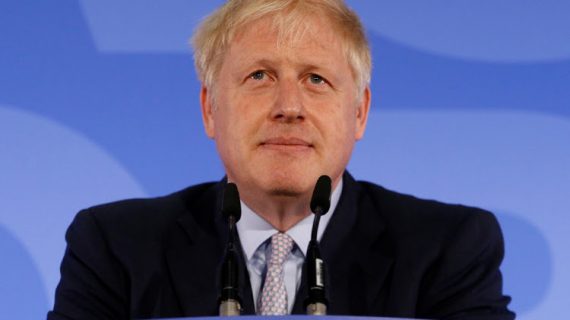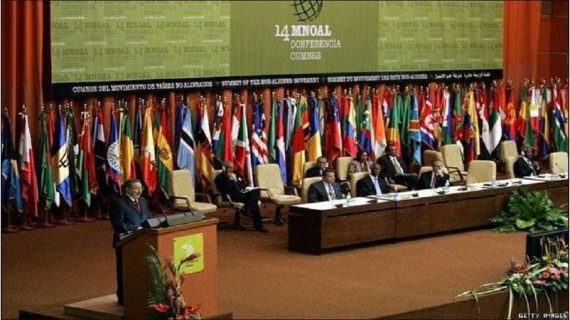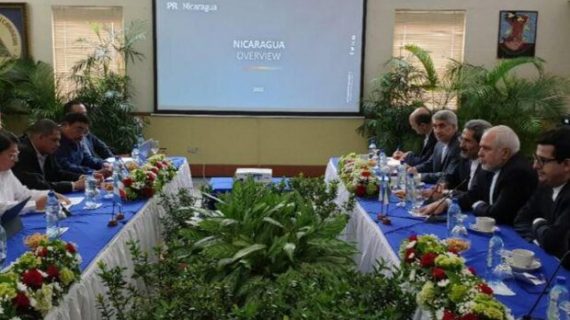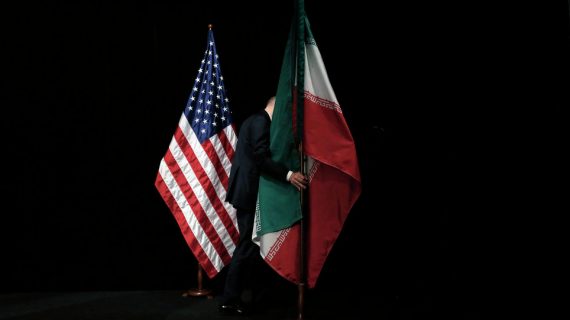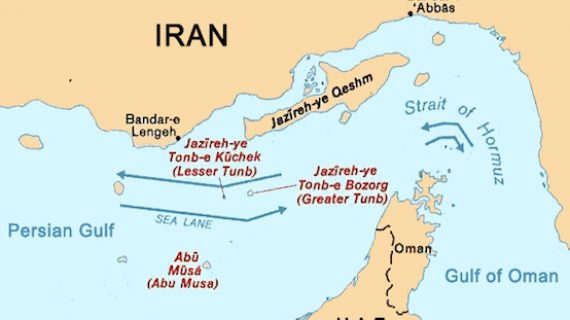Tehran to Host Confab on Makran Coast Development
Reported by HPMM Group according to FINANCIAL TRIBUNE ; Tehran will host a conference on development of Makran, a stretch of coast southeast of Iran emerging as a major naval base and commercial hub of maritime trade, the Iranian defense minister announced.
Speaking to reporters on Saturday, Brigadier General Amir Hatami added that the major conference on investment opportunities in Makran and sustainable development of the coastal area will be held in Tehran in the last month of the Iranian year (starting Feb. 20), Tasnim News Agency reported.
“The conference would provide a great opportunity for domestic and foreign private sector investors to know about unique options available in the region in the oil and gas industry, transportation, tourism and urban development,” he added.
The strategic Makran region has attracted the attention of many Iranian decision-makers and military officials, particularly after the Leader of Islamic Revolution Ayatollah Seyyed Ali Khamenei stressed the need for development of the region.
In 2014, in a meeting with high-ranking Navy commanders, Ayatollah Khamenei said the issue of development of the coasts of Makran is a major task and plans for that region should be carried out more rapidly.
Strategic Development Plan
The government has come up with a strategic plan for the development of Makran Coast, setting guidelines to achieve sustainable development of the region and benefit its indigenous people while lowering social and environmental damage, as the area boasts a wide range of investment opportunities.
“A working group led by First Vice President Es’haq Jahangiri approved the Special Plan for Development of Makran Region on Dec. 26, 2016, after the Ministry of Roads and Urban Development spent about two years for its preparation,” Zohreh Davoudpour, director general of the ministry’s “Corporal Projects Office”, told Financial Tribune last year.
The plan is focused on “development of the underprivileged region in line with its existing opportunities and potential”, she said.
The official said the guidelines provide a list of locations whose development would entail minimum environmental and social consequences and maximum economic benefit for the residents of Makran Coast.
Learning From “Bitter Experience”
The move to carry out the comprehensive research project came after a “bitter experience” in Asalouyeh in southern Bushehr Province, which saw environmental harm and unrestrained migration after the development of energy facilities in the past few years.
Located on the shore of the Persian Gulf, Asalouyeh is the site of land-based facilities of the massive Pars Special Energy Economic Zone project, due to its proximity to the largest natural gas field in the world, the South Pars/North Dome Gas-Condensate field.
Despite the presence of numerous oil companies in the southern port city, its educated, unskilled inhabitants are mostly unemployed.
Asalouyeh’s residents also suffer disproportionately from air pollution, which is estimated to be dozens of times more than that of Tehran.
Makran is a semi-desert coastal strip stretched along southeastern Iran to Pakistan’s Balochistan and borders the coasts of Persian Gulf and Sea of Oman. It is home to the strategic port of Chabahar.
The Iranian part of Makran Coast, bordering two southern provinces of Hormozgan and Sistan-Baluchestan, has been earmarked as a prime location for development, as its location makes it ideal for becoming a commercial hub.
“Undiscovered Treasure”
Ayatollah Khamenei has called the region “an undiscovered treasure”. In 2008, he said Iran focused all of its attention on the Persian Gulf and ignored “our enormous wealth in the Sea of Oman”.
This body of water, he noted, is “the backbone of the Persian Gulf and determines its fate”.
According to Davoudpour, industries pertaining to shipping, fisheries and tourism have been prioritized as part of the strategic plan.
The region has high potential for sea trade. It can provide Iran with access to the Indian Ocean acting as an outlet for landlocked countries in South and Central Asia. It can also be an alternative route to deliver goods to Iran bypassing the Strait of Hormuz.
Jahangiri said in 2016 Iran needs to build new oil terminals along its southern coasts to meet its rising crude export capacity, as it aims to challenge rival producers.
“The strategic plan for the [development of] Makran Coast includes shipping crude oil outside the Persian Gulf and from the southeastern coasts,” he said.
Jahangiri’s statements were a fresh call for diversifying the country’s oil terminals that are largely concentrated in the Persian Gulf.
So far, Makran Coast has barely developed into a trade and shipping hotspot, save for the port city of Jask that is functioning as an oil and gas terminal.
New oil loading facilities at Makran would significantly reduce shipping costs for Iranian and international vessels, sparing them a lengthy voyage through the Strait of Hormuz all the way to Iran’s main oil and gas terminals in Asalouyeh, Kharg and Mahshahr on the westernmost side of the Persian Gulf.
Three Long-Term Horizons
The Special Plan for Development of Makran Region includes three long-term horizons by 2020, 2030 and 2040.
It estimates that development projects planned by different bodies, including the ministries of agriculture, industries and roads, will increase the population of the region to one million by 2020, by creating new jobs and making the region more habitable.
According to Davoudpour, the region’s population is approximately 600,000 at present.
“If plans go ahead and the investment is attracted, the population can be increased to five million by 2030,” she said.
The plan assures fair distribution of businesses and population to prevent centralization. It also aims to create “endogenous development” as opposed to “exogenous development” experienced in regions like Asalouyeh.


